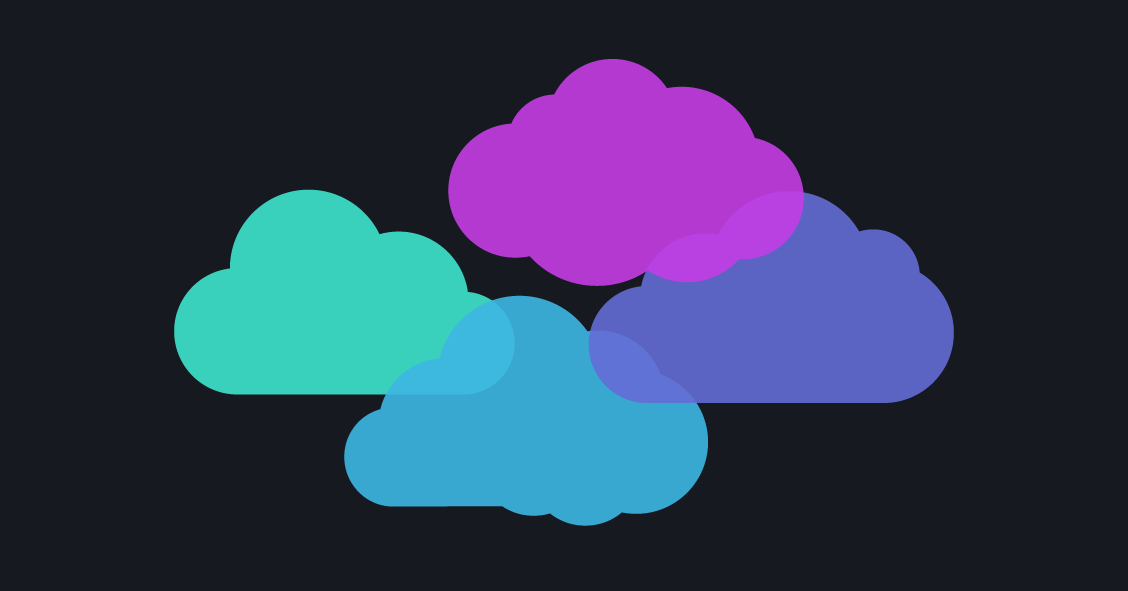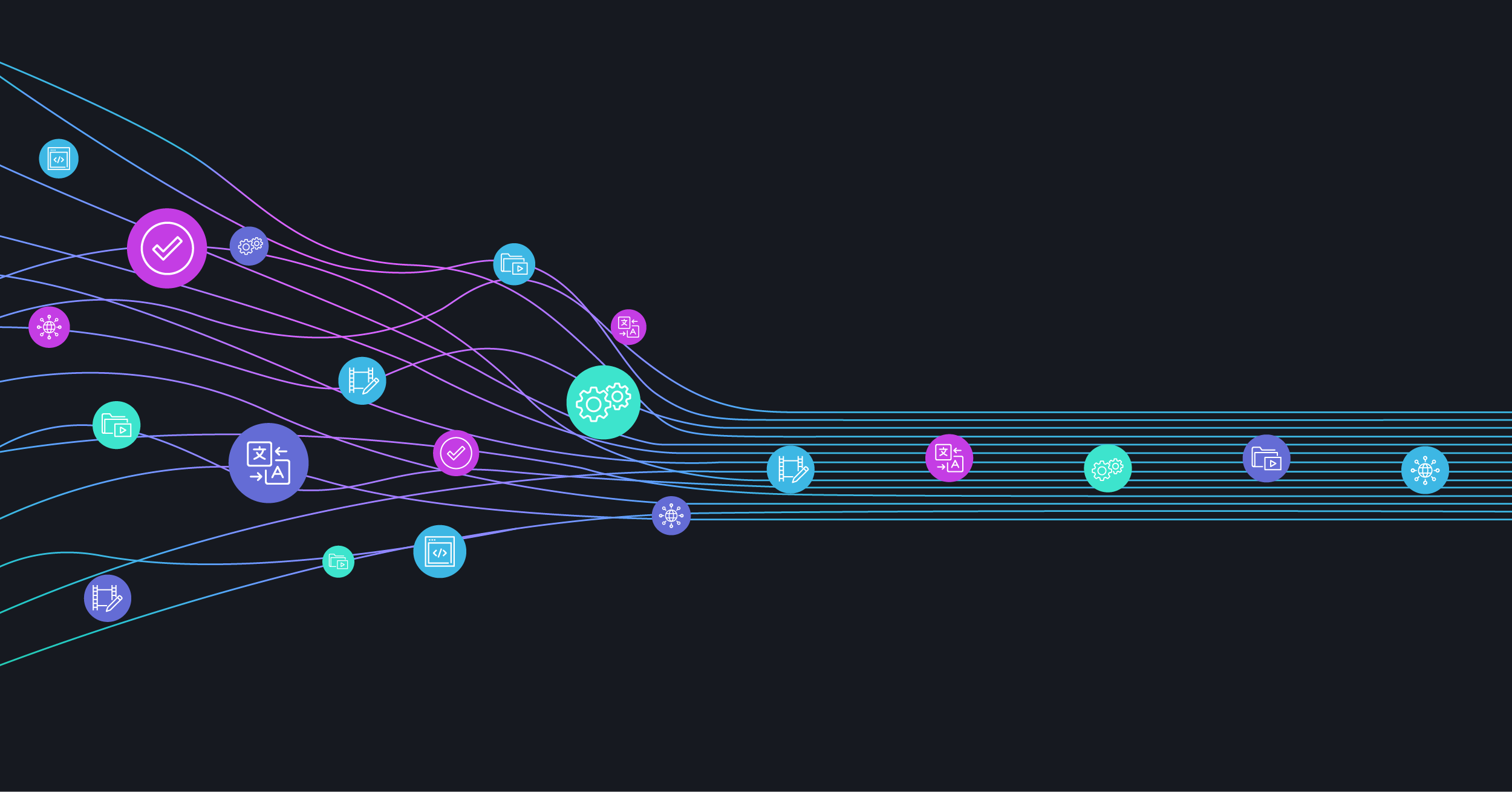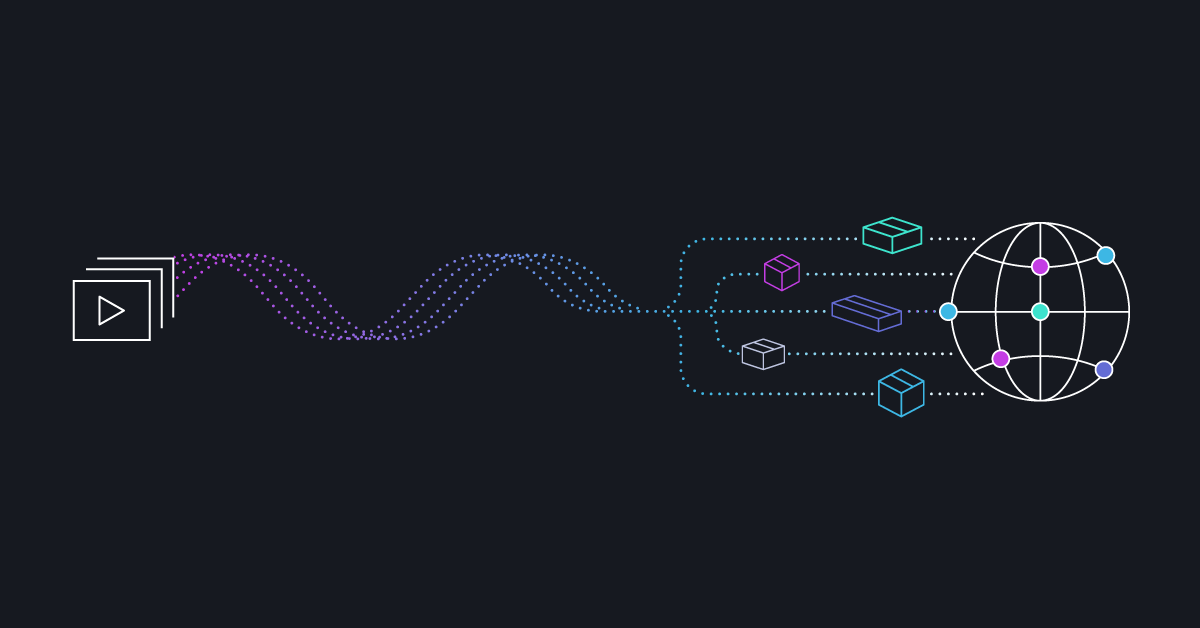
Across the industry, many media organizations are arriving at a familiar crossroads. Their media asset management (MAM) system is reaching end of life. Their on-prem servers are aging out of support. Their storage infrastructure needs a painful migration. Or maybe the licenses on a transcode farm are finally about to expire. Whatever the trigger, they are facing a decision they can’t avoid: Something in the technology estate has to change.
In these moments, the instinct is often to replace what you already have. If your MAM vendor is sunsetting the version you’re on, you upgrade. If your servers are out of support, you buy new ones. If your archive needs a refresh, you migrate to the next generation of tape libraries.
These are well-established patterns because they allow media organizations to maintain the status quo. They also tend to minimize opportunity.
If you’re facing a technology refresh right now, maybe you should be asking yourself a new question: Is the change your business needs just about managing your media assets, or is it really about the work you need to get done?
Do I Refresh, or Should I Rethink?
A MAM can be the right tool for heavy production use, craft editing environments, news or sports clip search, or managing deep archive repositories. In fact, for some SDVI customers, we integrate Rally with their existing MAM systems so that those systems continue to support the bespoke workflows they were implemented for.
A MAM is fundamentally about assets — storing, organizing, and cataloging the metadata needed to locate them. Our Rally platform solves that and a lot more.
Most MAM systems were designed in a world of fixed infrastructure, where workflows are hardwired to the servers and tools sitting in the machine room. Capacity is sized for peak load and often underutilized. A major version upgrade typically involves reinstalling the system and reconnecting everything around it.
Rally, by contrast, enables media organizations to orchestrate and optimize the work being done on those assets, and not just the assets sitting in an archive. The platform facilitates much of the work involved in managing incoming content, which typically must be QC’d, scanned, logged, and transcoded. As content moves through the media supply chain, Rally dynamically matches resources to the job at hand, scaling up and down as needed. It sources applications on demand from a broad ecosystem of vendors. It exposes time and cost metrics for every step of the supply chain.
Asset management is essential. But operational management is where your organization wins on agility, scale, efficiency, and cost.
The Real Opportunity Is Rethinking How You Work
When technology reaches end of life, the natural reaction is to replace like with like. This is a familiar solution, and one that may seem to present the least risk. After all, you know what you have, and you know what the next version looks like. You might not love it, but it feels safer than rethinking your operational foundation.
While a “simple” upgrade may seem the obvious choice, this is precisely the moment for you to think differently. This is when you have the most to gain by looking beyond the asset layer and considering whether you want to keep managing the same workflows with slightly newer tools, or whether it’s time to step back and rethink how the work gets done.
That is the difference between a technology refresh and an operational transformation. And the latter is what gives you greater potential for future growth and success, especially with the fast-paced and ever-changing requirements of the media industry today.
Five Questions to Ask When Considering Your Next Move

To help reframe the decision, we often explore these five questions with new and prospective Rally users. Each question shifts the conversation from simply replacing technology to rethinking how the business operates.
1. Do we want to manage fixed infrastructure, or match resources dynamically to workloads?
Traditional on-prem architectures require you to provision enough hardware to handle peak demand, even if that peak only happens a few times a year. Everything below that peak is underutilized capacity you continue paying for. Cloud elasticity turns that model on its head. It allows you to scale resources up when workloads spike and scale down when they don’t.
This isn’t just an efficiency improvement; it’s a fundamentally different cost and operating model. It means your infrastructure finally matches what your business is actually doing, not what it might need on its busiest day.
2. Is our priority managing assets, or managing the work our teams need to do with those assets?
Asset management is essential, but it’s not where most organizations struggle. The real bottlenecks appear in how work moves — or doesn’t move — across the supply chain. Are teams manually shepherding files from task to task? Do they struggle to keep up with multiple, disparate information sources such as emails, spreadsheets, smartsheets, and the like? Are operations tied to fixed workflows or brittle integrations?
A supply chain platform lets you orchestrate, automate, and optimize the work itself. It ensures the right tasks happen at the right time with the right tools. For most Rally users, that shift unlocks far more value than simply improving how assets are stored. The platform provides a single source of truth and a centralized information management system for all ancillary information and human-based task assignment.
3. How fast do we need to respond to new business requirements?
For many media organizations, each new year brings new channels, partners, compliance rules, formats, and distribution models. Often, these opportunities arrive with short lead times and high expectations.
A cloud-based supply chain with on-demand applications lets you experiment quickly, spin up new workflows without procurement cycles, and respond to revenue opportunities when they appear. Rally is cloud-native, elastic, and designed for workflows that change as fast as your business requirements change.
Speed becomes a competitive advantage, not a technical constraint.
4. How much value are we missing by not having visibility into operational time and cost?
Is your media supply chain still a black box? Files go in, files come out, and somewhere in between there are people, tools, and infrastructure doing work. But how long does each step take? Which jobs are consuming the most compute? Where are bottlenecks costing you days of lead time or tens of thousands in inefficiencies?
Rally collects time and cost data at every step. That operational metadata fuels better tooling decisions, smarter workflow design, more accurate forecasting, and automation that reflects real-world conditions. Without this insight, true optimization is impossible.
5. If we are already facing an infrastructure upgrade, why not choose technology that enables operational transformation?
Whether it’s a MAM reaching end of life, servers aging out, or storage needing migration, a forced upgrade means disruption is already unavoidable. You will invest time, money, people, and attention no matter what you choose.
At that point, replacing like with like simply preserves the past. But shifting to an agile, cloud-native supply chain management platform lets you modernize how work moves, adopt on-demand tools, and build an architecture that scales with the business. If your platform is moving your content to the cloud as part of your transformation, it can also initiate AI-based analysis and dedupe tools to help you extract more information about your content, thereby enabling even more efficiencies and unlocking new commercial opportunities.
Because the core Rally platform is updated continuously, you’re not forced into disruptive refresh cycles every few years. There are no “major version” upgrades. A consumption-based business model means no license terms or license renewals to worry about. Simply pay for what is used and let the underlying platform evolve as you go.
If the pain of change is already guaranteed, why not use it to create a more agile, efficient, and future-ready operation?
If Change Is Inevitable, Make It Count
Every technology has a lifespan. Hardware wears out. Software goes end of support. Storage architectures evolve. When that moment arrives, you can take the familiar path and refresh what you already have.
Or you can think more strategically.
A technology refresh is an opportunity to modernize the way your teams work, improve responsiveness to the business, and position your organization for long-term operational agility. It can be an invitation to shift from managing assets to optimizing the work those assets require.
If you’re ready to shift the conversation from updating asset management to transforming your media operations, get in touch! We’d be happy to talk through what that could look like for your organization.
When to Rethink Your Operations
In solving technical challenges, you may find a valuable opportunity to pause, rethink, and improve your operations. Dare to think bigger if you’re facing one of these challenges:
1. Software end of life
Your MAM or workflow system is no longer supported, and the next version requires a major, disruptive upgrade.
2. Hardware aging out of support
Servers reach end of life, warranties expire, and on-prem infrastructure can’t keep up with modern media requirements.
3. Storage migration cycles
Tape archives require full migrations every few years, disk tiers evolve, and storage management becomes a moving target.
4. Tool license expirations
Transcode engines and QC tools need new licenses or new hardware, triggering costly refresh cycles.
5. Growing business pressure
More content for more partners, in more formats, with fewer people. Workloads expand while legacy tools stay rigid.
In every one of these cases, something must change. The real choice is whether you make a narrow technology swap or take the opportunity to think bigger.


